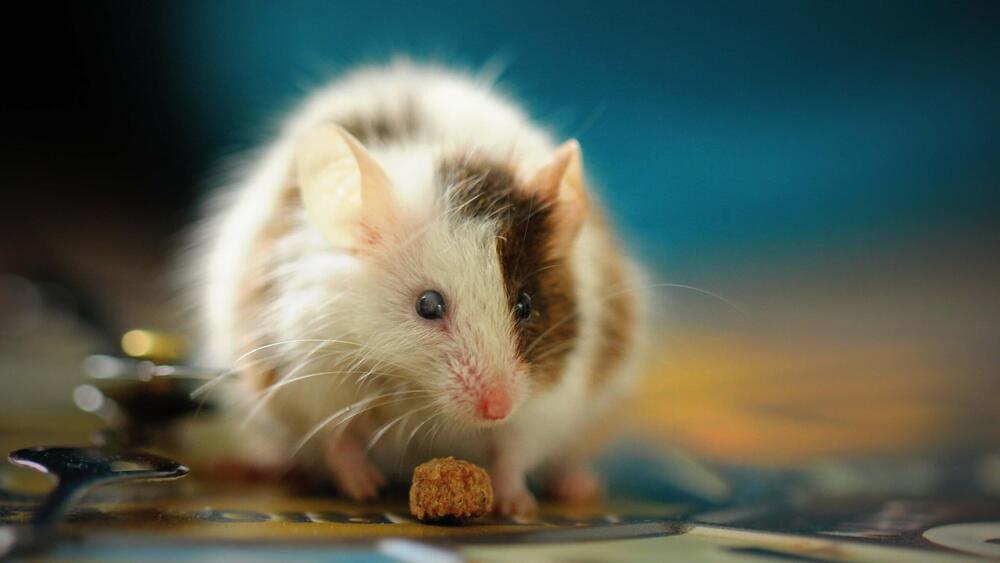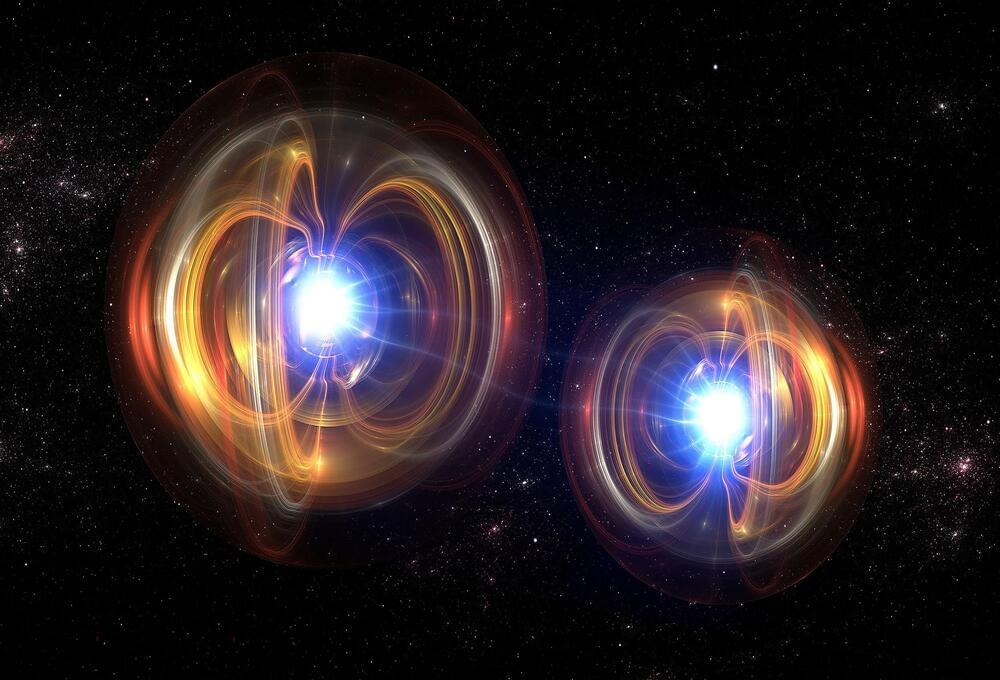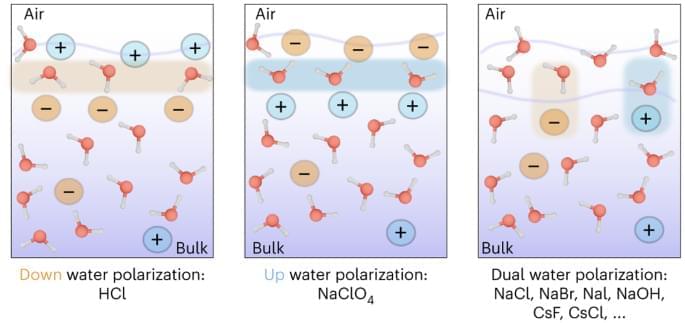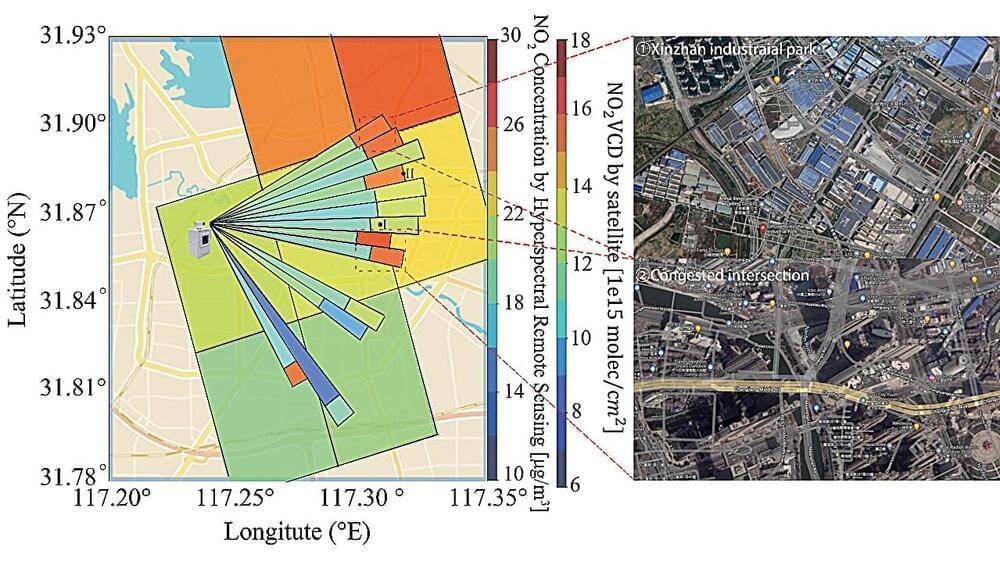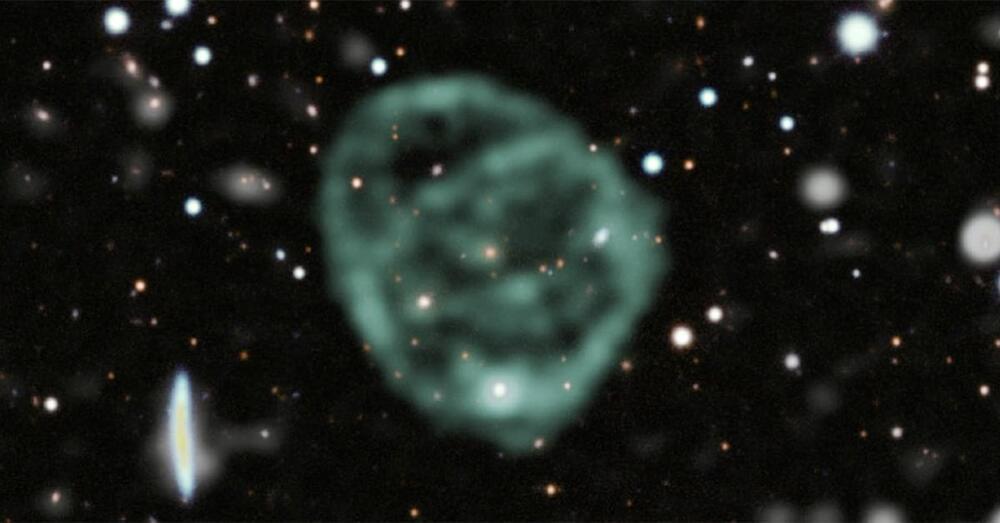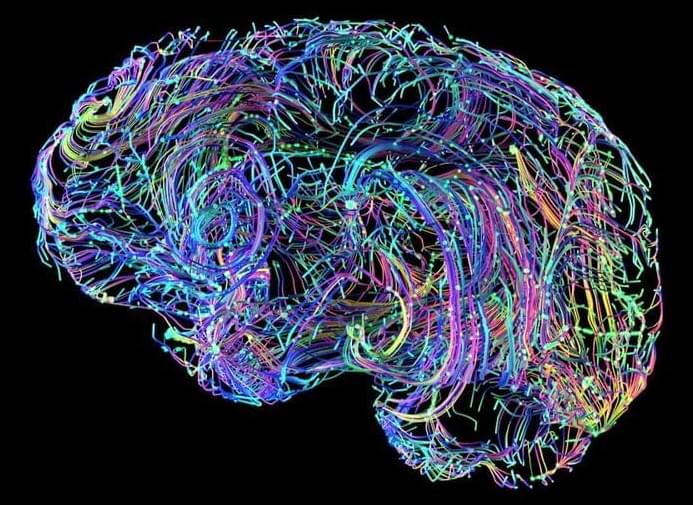The brain, despite its comparatively shallow structure with limited layers, operates efficiently, whereas modern AI systems are characterized by deep architectures with numerous layers. This raises the question: Can brain-inspired shallow architectures rival the performance of deep architectures, and if so, what are the fundamental mechanisms that enable this?
Neural network learning methods are inspired by the brain’s functioning, yet there are fundamental differences between how the brain learns and how deep learning operates. A key distinction lies in the number of layers each employs.
Deep learning systems often have many layers, sometimes extending into the hundreds, which allows them to effectively learn complex classification tasks. In contrast, the human brain has a much simpler structure with far fewer layers. Despite its relatively shallow architecture and the slower, noisier nature of its processes, the brain is remarkably adept at handling complex classification tasks efficiently.

